Maintaining the latest driver for your Canon i850 Printer is important for ensuring that it performs at its best. In this article, we’ll show you how to download and install the Canon i850 Driver, as well as provide some helpful troubleshooting tips in case you encounter any issues.
How to Automatically Install Canon i850 Driver with DriverFix:
If you’re looking for a convenient and hassle-free way to download and install the Canon i850 Driver, DriverFix is the perfect solution. With its intuitive interface and comprehensive database of drivers, it makes the process straightforward. Plus, it’s fast and reliable, so your printer can work smoothly in no time.
- Download DriverFix:
- Run the downloaded installer and follow the prompts to install DriverFix on your computer.
- Once DriverFix is installed, launch the software and click on the “Scan” button to scan your system for outdated or missing drivers.
- After the scan is complete, DriverFix will display a list of drivers that need to be updated.
- Find the Canon i850 Driver in the list and click on the “Update All Drivers Now” button.
- DriverFix will now download and install the latest version of the Canon i850 Driver on your computer.
- Once the installation is complete, restart your computer to apply the changes.
- That’s it! You should now have the Canon i850 Driver installed and working properly on your computer.
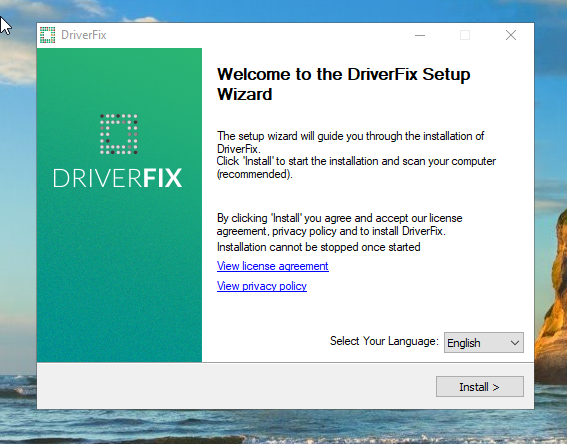
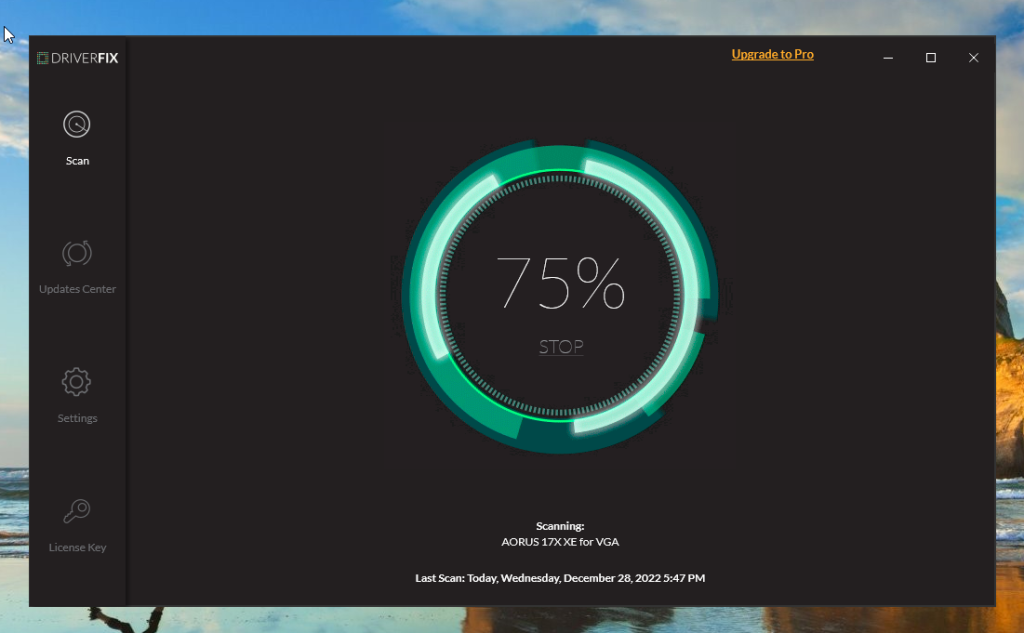
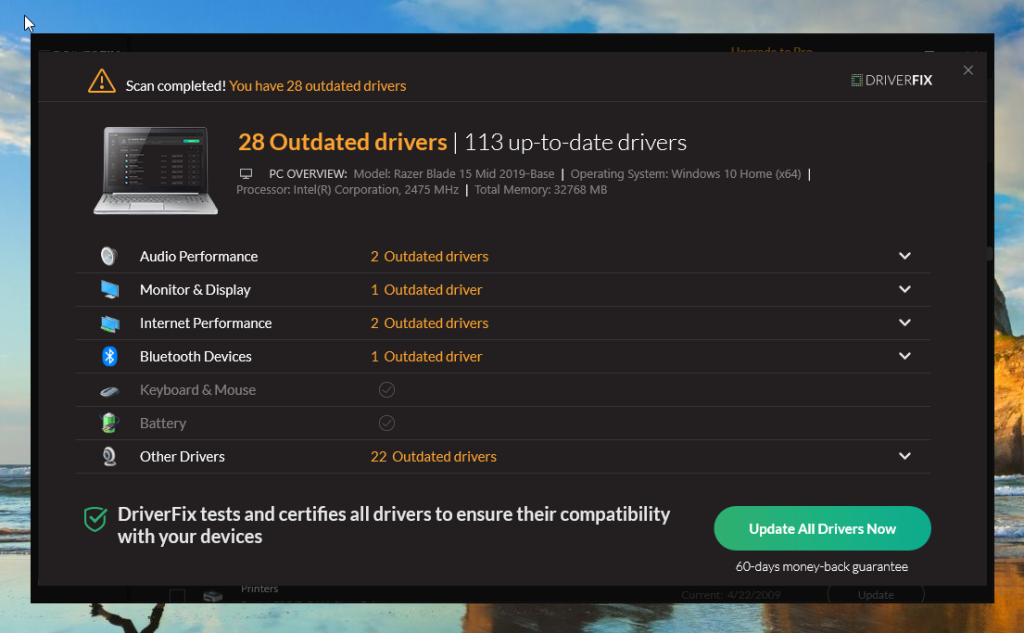
How to Manually Install Canon i850 Driver with Windows Update
Using Windows Update to install the Canon i850 Driver is a convenient and efficient way to ensure that your printer is up to date. The program handles all the heavy lifting, so you don’t have to worry about searching for and downloading the driver manually. Plus, it’s fast and reliable, so you can get your printer working smoothly in no time.
- Press the Windows key + R on your keyboard to open the Run dialog box.
- Type “devmgmt.msc” into the Run dialog box, and press Enter to open the Device Manager.
- In the Device Manager, find the Canon i850 Printer device under the “Printer” or “Other devices” section.
- Right-click on the device and select “Update driver” from the context menu.
- In the Update Driver Software window, select “Search automatically for updated driver software.”
- Windows will now search online for the latest version of the Canon i850 Driver and install it on your computer.
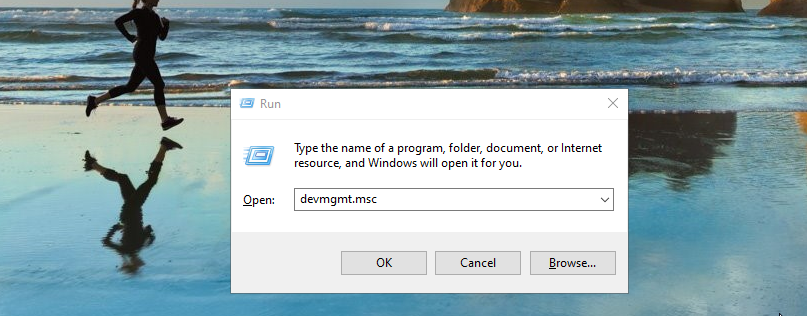

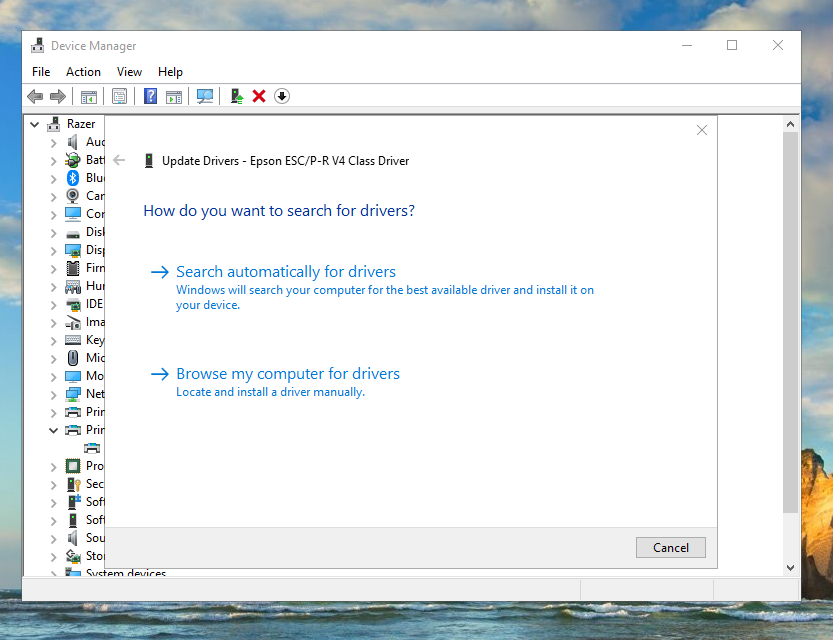
How to Manually Install Canon i850 Driver with Device Manager
Using Device Manager to install the Canon i850 Driver is a convenient and efficient way to ensure that your printer is up to date. The program handles all the heavy lifting for you, so you don’t have to worry about searching for and downloading the driver manually. Plus, it’s fast and reliable, so you can get your printer working smoothly in no time.
- Press the Windows key + R on your keyboard to open the Run dialog box.
- Type “devmgmt.msc” into the Run dialog box, and press Enter to open the Device Manager.
- In the Device Manager, find the Brother DCP-L5652DN XML Paper device under the “Printer” or “Other devices” section.
- Right-click on the device and select “Update driver” from the context menu.
- Select “Browse my computer for driver software” in the Update Driver Software window.
- Click on the “Browse” button and navigate to the location where you have saved the Brother DCP-L5652DN XML Paper Driver file on your computer.
- Select the driver file and click “Open” to select it.
- Click “Next” to begin the installation process.
- Follow the prompts to install the Brother DCP-L5652DN XML Paper Driver on your computer.


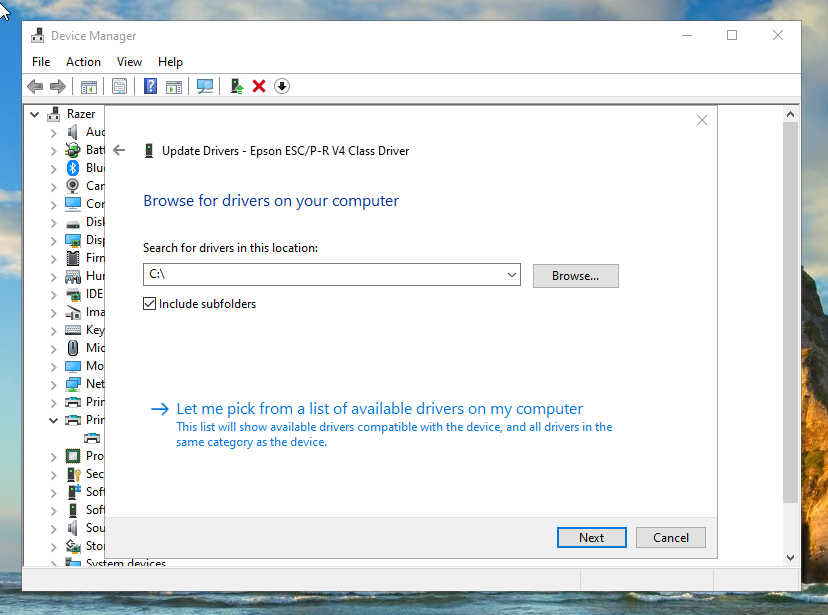
Last but Not Least: Recap of How to Find, Download, and Install the Canon i850 Driver
To summarize, the Canon i850 Driver is a crucial component for ensuring that your printer is functioning properly. By following the steps outlined in this article, you can easily download and install the driver using various methods, including DriverFix, Windows Update, or Device Manager. Whether you’re setting up a new printer or troubleshooting an existing one, it’s essential to keep the driver up to date and properly configured to get the best performance possible.
